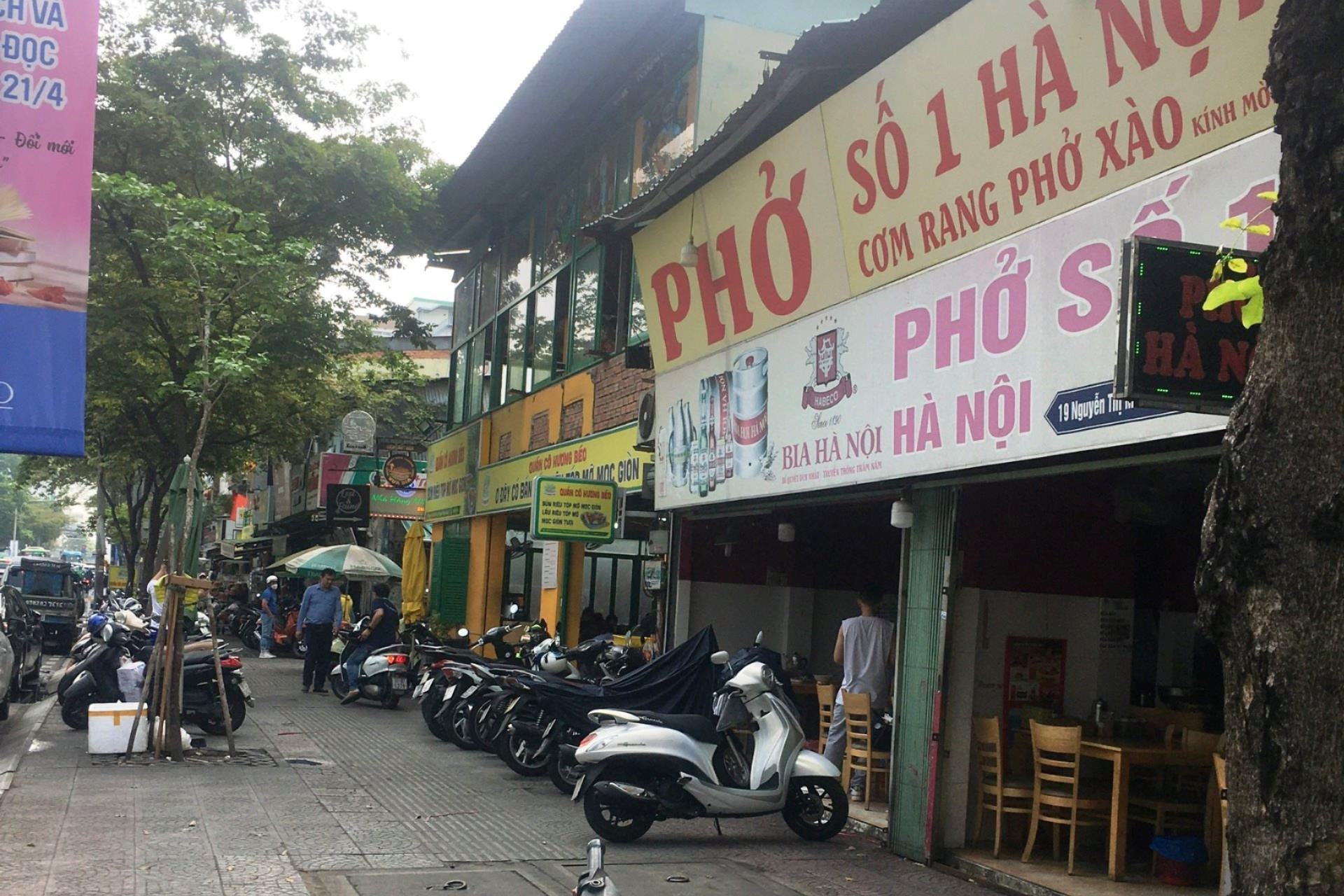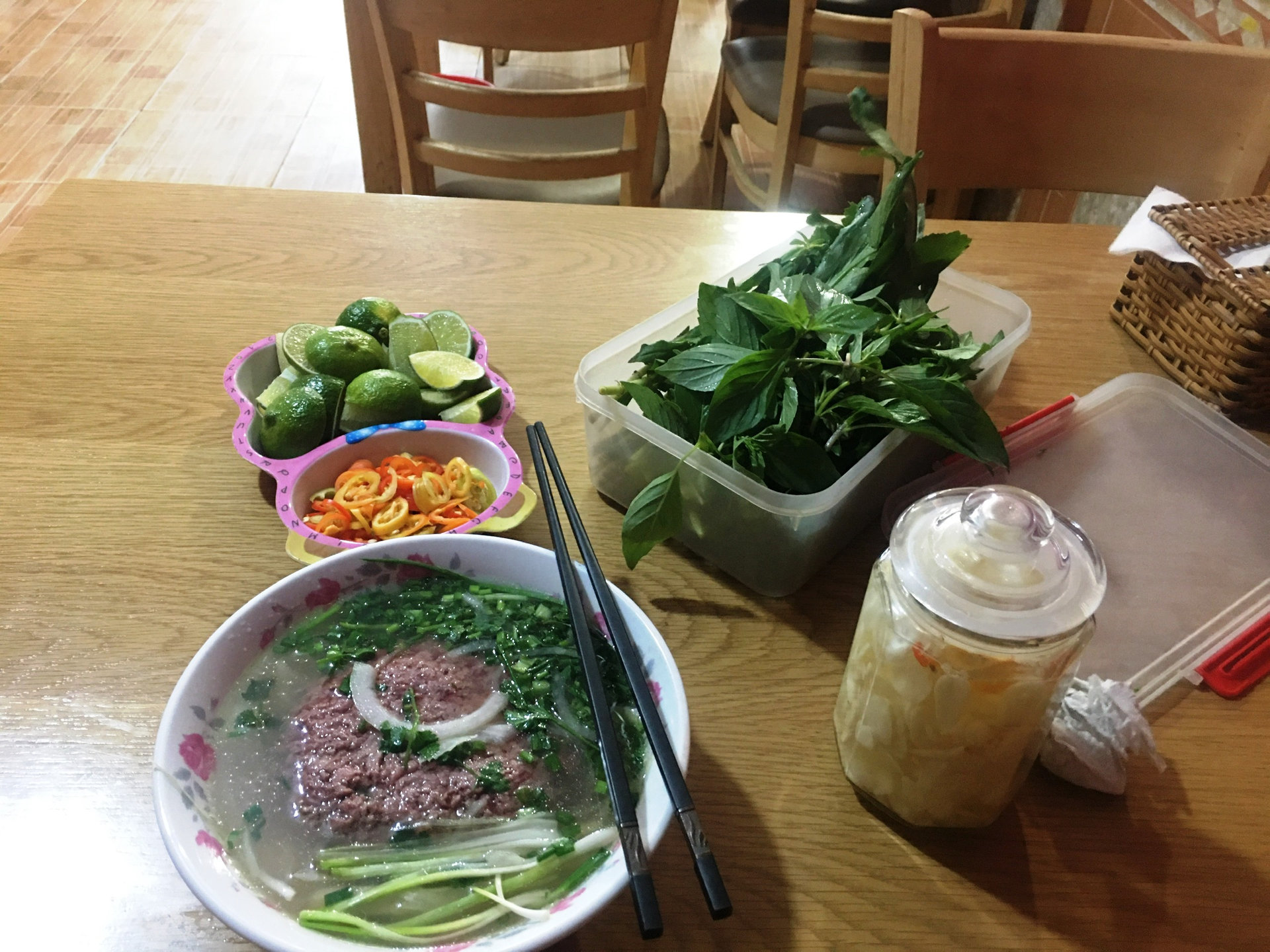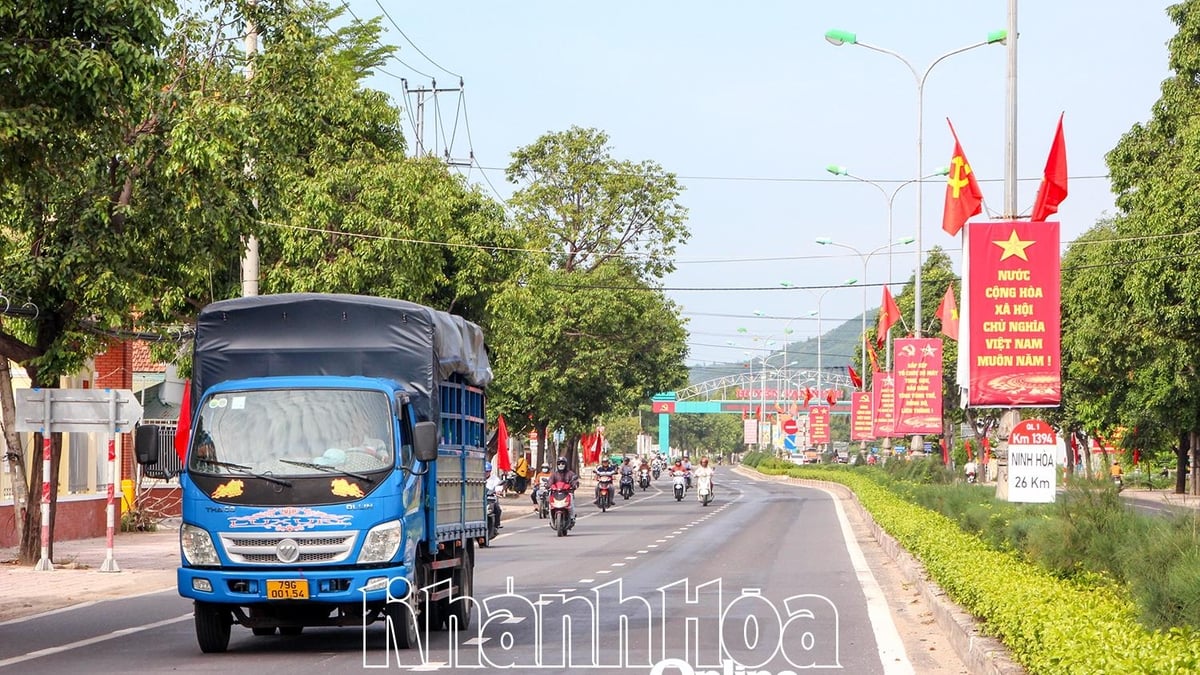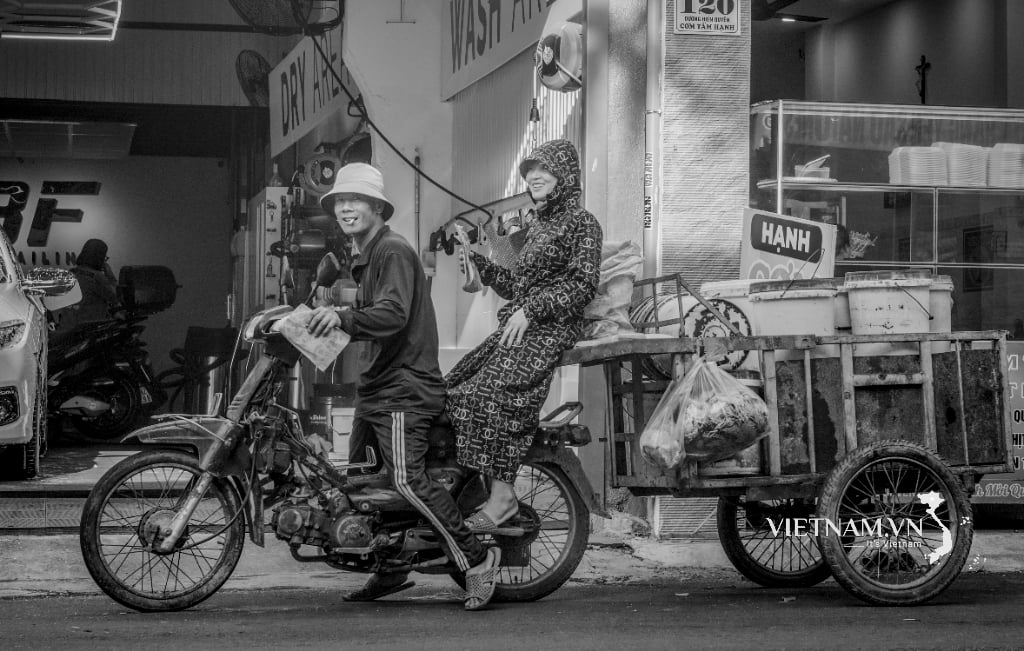
Taste a spoonful of the broth, immediately recognize the difference: the broth is slightly sweet with sugar. Pho is cooked by Northerners, but served with blanched bean sprouts, raw vegetables, black bean sauce, chili sauce, and pickled garlic. Although the taste of pho is quite strange, and I am quite a picky eater, it is hard for me to say that I do not find it delicious. There is something new that has not been clearly defined yet. During the days on Cao Thang extended street, I went to eat Pho Bi Sat every morning.
After a while, I had the opportunity to eat pho in Ho Chi Minh City again when I was assigned to work in the South for a few years. This time, I stayed for a long time, rented a house on Cach Mang Thang 8 Street and searched for a pho restaurant.
I found a roadside stall, which looked pretty ordinary. For some reason, I always feel like I find the best bowls of pho at stalls that don’t look fancy, even a little shabby.
At the popular pho shop on Rach Bung Binh Street, I met the old Bi Sat pho. And I recognized a flavor that is not available in the North, that is the flavor of basil, or as the owner said in a Southern accent, "tree basil". I joked with her, all basils are basil plants. Later, someone said, maybe people called "spicy basil" wrongly as "tree basil".
After that trip, I wrote an article about Southern pho and sent it to the editorial office. The editor of the culture page read it and texted me, “I will use this article, even though the editor never eats pho with bean sprouts or raw vegetables.” She was always proud to be born and raised in Hang Dao, Hanoi, and Hanoi pho is definitely not eaten with basil or bean sprouts.
A bowl of pho, or as Southerners call it, is a little sweeter than authentic Northern pho, served with blanched bean sprouts, Vietnamese coriander, basil, and basil, which made me realize one thing: the truth does not belong to anyone. Eating Hanoi-style pho and finding it delicious does not mean that eating Saigon-style pho will not be delicious, and I myself am a subject to prove it.
Later, missing the taste of pho in the South, missing the strong, gentle aroma of white basil, I went online to order seeds and planted them on the balcony. But I don't know if it was because the soil and water weren't suitable, or because the balcony lacked sunlight, but the white basil plants didn't grow well and didn't have any flavor. I searched online but couldn't find anyone selling white basil in Hanoi. All the chicken hotpot restaurants with perilla leaves or perilla leaves said they had to bring this vegetable from the South.

After 5 years in the South, I returned to the North. The “luggage” I brought with me was a yellow cat I adopted from a drinking place on the Nhieu Loc - Thi Nghe canal and the habit of eating pho with basil.
But in Hanoi, no pho restaurant serves pho with raw vegetables, let alone a whole “collection” of raw vegetables like pho restaurants in the South. Many people in Hanoi believe that beef pho should only be eaten with green onions, coriander and dill. They believe that adding raw vegetables, eating with raw vegetables or blanched bean sprouts will “destroy” the taste of pho. I don’t understand what their “original pho taste” is, because when it comes to food, only our tongues have the right to judge right or wrong, and each tongue has its own truth. Arguing like that will never come to an end.
As for me, I still like to eat pho with basil and blanched bean sprouts. Then I discovered that, except for pho from people who claim to be “original Hanoians”, Nam Dinh pho in Hanoi is also served with raw vegetables, especially lang basil and curly basil. I eat pho with white basil deliciously, but pho with lang basil (purple stem, serrated leaves) or curly basil (purple stem, round, curly leaves) are both “perfect” combinations. I am so addicted to eating pho with basil that when I find a good restaurant in Hanoi that doesn’t serve raw vegetables, I bring the basil with me to the restaurant.
The owner of Long Bich beef noodle shop on Tam Trinh street, Hanoi, saw a customer opening a plastic bag of basil leaves and eating them with the pho soup, and was surprised. She approached, squinting her eyes and saying: Addicted to this? I nodded. She said "uh" and walked away, saying vaguely: "That's right, I like it so I eat it". She said exactly what I was thinking. I like it so I eat it, I don't care what anyone else thinks. As long as it doesn't affect world peace .
Recently, I had the opportunity to go to Ho Chi Minh City and eat pho again. This time, it was a famous restaurant on Nguyen Thi Minh Khai Street called “Pho No. 1 Hanoi”. Although the pho is Northern style, it has a slight variation from the Southern style. There is one thing that Northern pho has in common with the Southern pho: the broth is more cloudy than Hanoi pho or pho in the North in general and it does not look as appetizing as Northern pho. I asked the owner of “Pho No. 1 Hanoi”, he acknowledged this, but when pressed further as to why, he just mumbled and let it go. I did not feel comfortable asking further because the broth was just more cloudy, still as delicious and sweet as usual.
Thinking back, I find that Northern pho, or pho served in Hanoi, is more consistent in flavor, with little change over the years. Meanwhile, pho in the South, specifically in Ho Chi Minh City, is diverse and rich in flavor, cooking methods, variations... In Ho Chi Minh City, we can find all kinds of pho, from chicken pho, beef pho, beef stew pho to oxtail pho... each style has its own good points. Being "conservative" keeps tradition, being unconventional, being innovative brings creativity and novelty.
Personally, I am not biased towards any school, but accept both. If given the choice, I prefer the authentic taste of Hanoi pho, clear broth, lightly fragrant with cinnamon and star anise, but it would be even better if there was a plate of Vietnamese mint or basil. Keeping the traditional taste is good, but if you open your heart to new things, you will definitely learn something good.
Source























































![[Maritime News] Container shipping faces overcapacity that will last until 2028](https://vphoto.vietnam.vn/thumb/402x226/vietnam/resource/IMAGE/2025/7/30/6d35cbc6b0f643fd97f8aa2e9bc87aea)













































Comment (0)